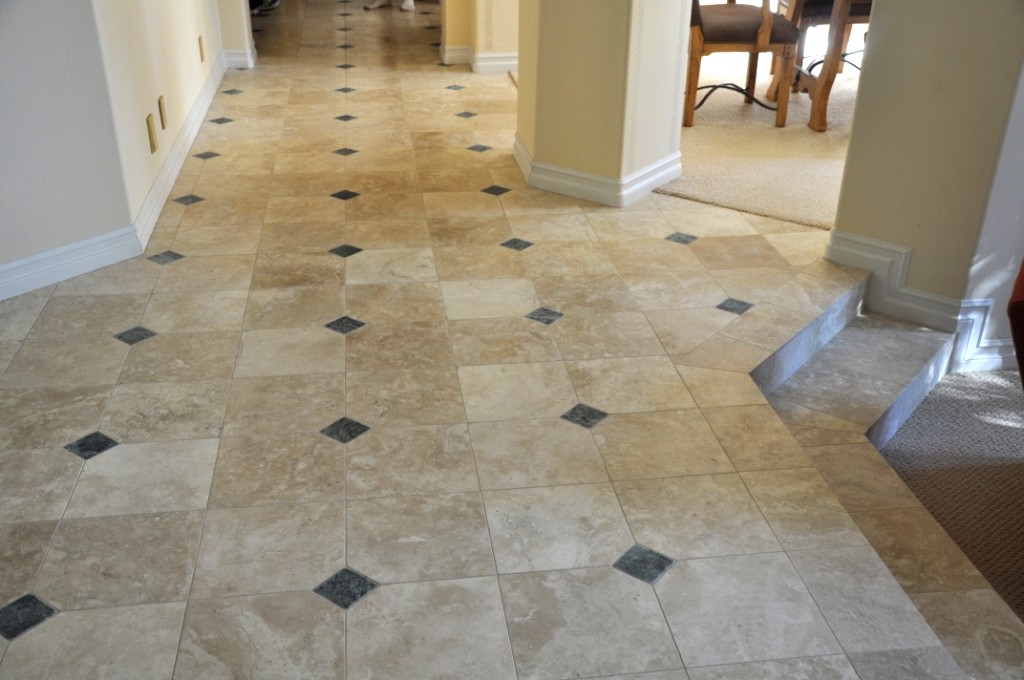Through Ruins to Revitalization: The Process of Stone Restoration

Repairing rock exteriors can be both a gratifying and complex process, converting decrepit buildings into breathtaking showcases of craftsmanship and heritage. Whether it involves bringing back the shine of an old stone exterior or repairing aged pathways, the process of stone restoration is an expertise that demands meticulousness and a profound knowledge of materials. As Click here for more info and restoration enthusiasts strive to preserve their properties' historical authenticity, the interest for successful stone restoration approaches is on the rise.
In this resource, we will examine the fundamental steps in stone restoration, common mistakes to watch out for, and the products best for such projects. From understanding when it’s time to revitalize your stone surfaces to learning the guidelines of engaging in either do-it-yourself methods or professional help, we will cover everything you need to start this journey from decay to restoration. The mission at hand is not just about aesthetics; it embodies our dedication to preserving history and ensuring that these stunning stone features remain a part of our landscapes for decades to come.
Getting Started with Stone Restoration
Prior to starting a stone restoration project, it's important to examine the state of the stone surfaces you plan to restore. Commence by examining the type of stone, its age, and the level of the damage or wear. Look for fissures, blemishes, and surface erosion, as these elements will dictate the specific restoration techniques necessary. Grasping the unique characteristics of the stone will aid you select the right methods and materials for your project.

As soon as you have a clear assessment, the subsequent step is to collect the appropriate tools and materials. Depending on the level of the restoration, you may need cleaning solutions, finishing compounds, chisels, and finishing products. It's vital to choose products intended specifically for the type of stone you are using to avoid additional harm. If you're indecisive about what to use, consulting with a professional or doing in-depth research can provide guidance into the best practices for your specific situation.
In conclusion, consider if you should take a DIY approach or hire professionals for your stone restoration project. While some small repairs can be handled on your own, more complex or more intricate restorations might require specialized skills. Evaluate the benefits of each option, keeping in mind your budget, timeline, and the complexity of the restoration needed. At last, kicking off with the right note with careful planning will set the foundation for a beneficial stone restoration journey.
Common Mistakes in Stone Restoration
One frequent mistake in stone restoration is failing to assess the type of stone being worked on. Various stones require specific cleaning methods and materials, and using the wrong products can lead to permanent damage. It is essential to identify the stone's makeup and condition before starting the restoration process. Failing to do so can result in expensive mistakes and compromises to the structure's integrity.
Another typical error is over-cleaning the stone surfaces. While it may seem helpful to eliminate all stains and dirt completely, harsh cleaning can strip the stone of its natural patina and leave it vulnerable to subsequent damage. Instead, it is advisable to use mild cleaning techniques and avoid aggressive chemicals that could degrade the stone. Preserving the stone's character while ensuring cleanliness should be the chief focus.
Finally, many restorers overlook the necessity of proper sealing and maintenance after restoration. Not applying an appropriate sealer can leave the stone susceptible to moisture infiltration, which can lead to further deterioration. Consistent maintenance is crucial in preserving the beauty and longevity of restored stone surfaces. Implementing a robust maintenance plan allows homeowners to protect their investments and enjoy the results of their restoration efforts for a long time to come.
Maintaining Your Restored Stone Surfaces
Once your stone surfaces have been restored, it is crucial to establish a regular maintenance routine to promote their longevity and beauty. Begin by regularly dusting and sweeping the surfaces to remove loose debris and avoid scratches. For thoroughly cleaning, use a pH-neutral stone cleaner that won’t damage the newly restored stone. Avoid acidic or abrasive cleaners, as these can negatively affect the material over time. Regular maintenance not only enhances the appearance but also aids in identifying any potential issues early.
Sealing is an important part of maintaining restored stone surfaces. A high-quality stone sealer offers protection against stains, moisture, and other environmental factors that can compromise the integrity of the stone. Depending on the kind of stone and its location, the frequency of resealing may vary. Consistently check for signs that the sealant is wearing off, such as discoloration or reduced water resistance. Proper sealing can profoundly extend the life of your restored stone.
Finally, be mindful of furnishings placement and foot traffic patterns. Use protective pads under furniture legs to prevent scratches and consider using area rugs in high-traffic areas. Educating family members and guests about the importance of staying away from the surfaces when wet can also be beneficial. By implementing these maintenance strategies, you will help preserve the charm and functionality of your restored stone surfaces for years to come.
